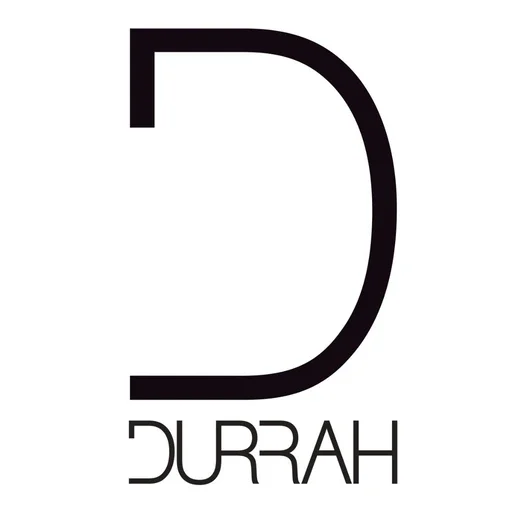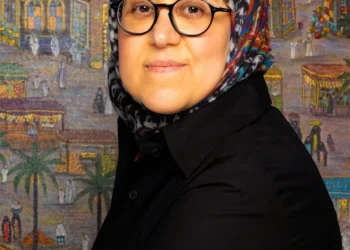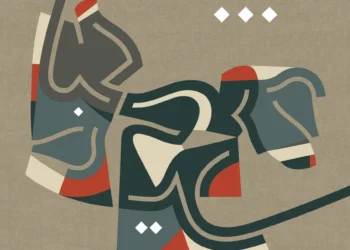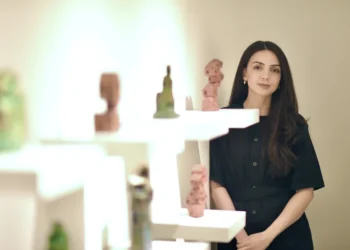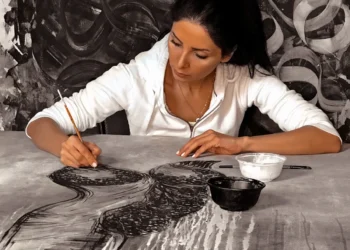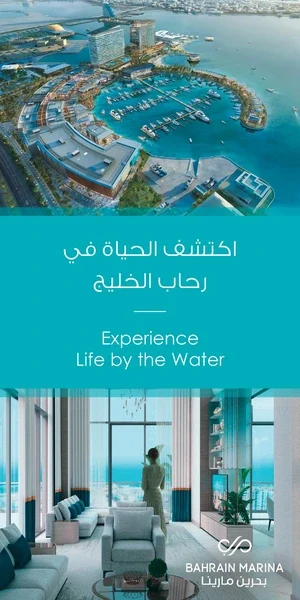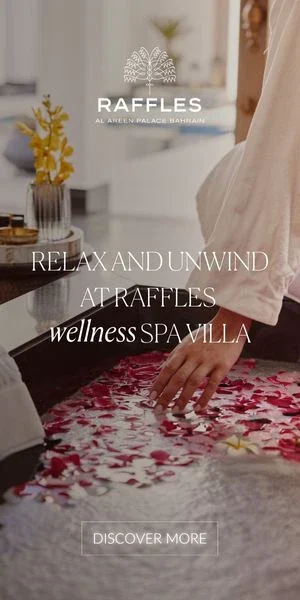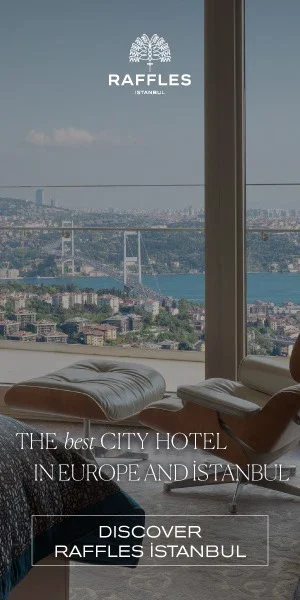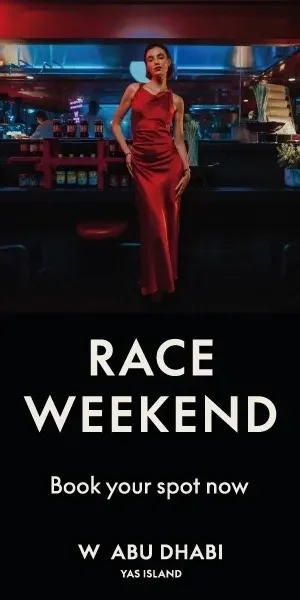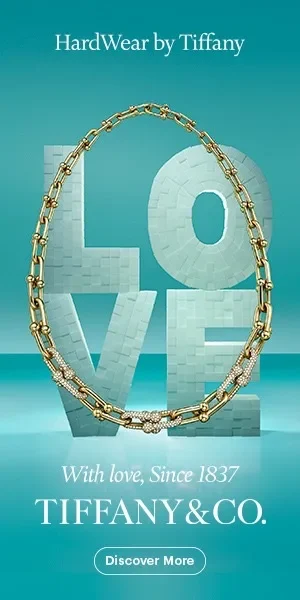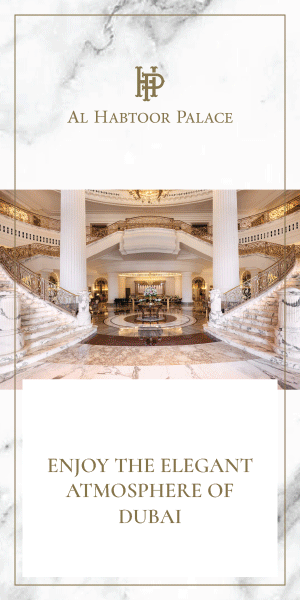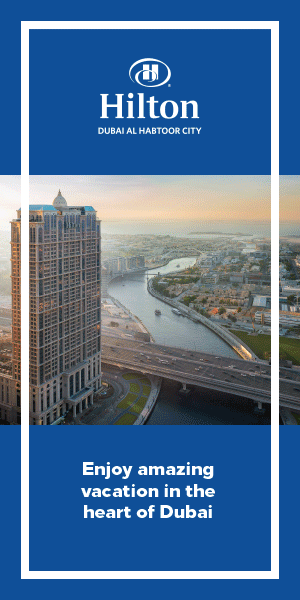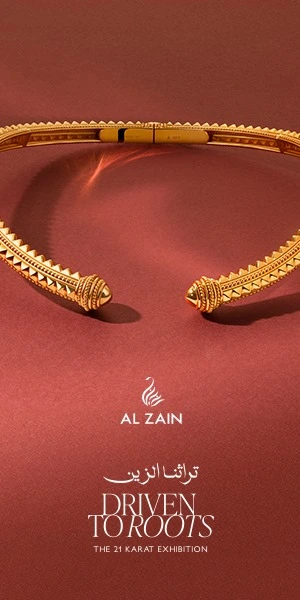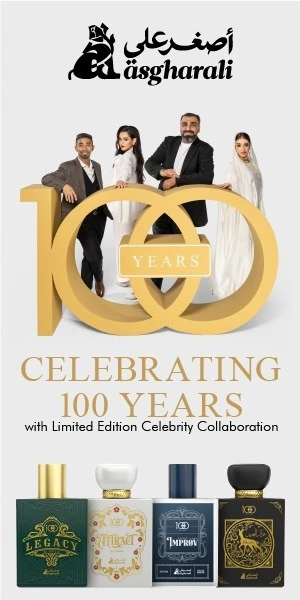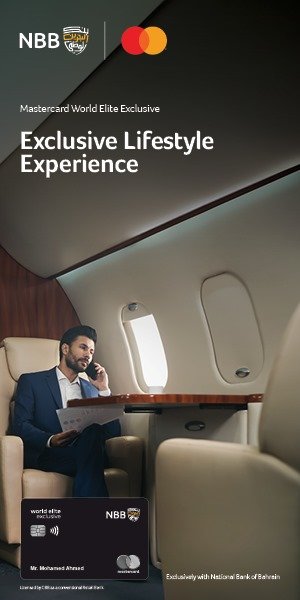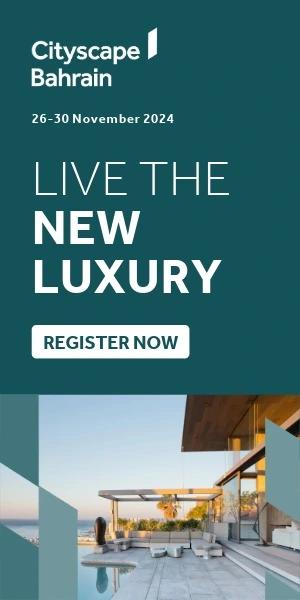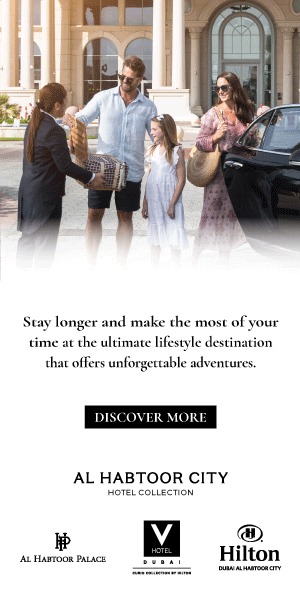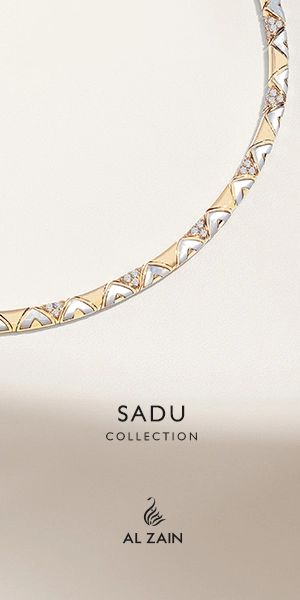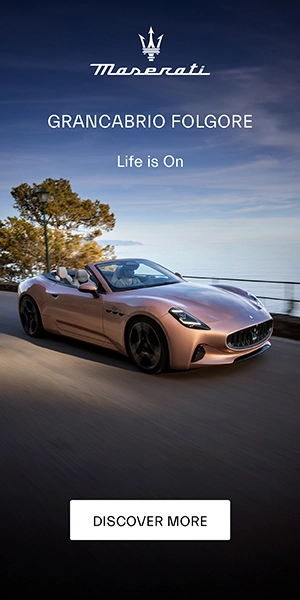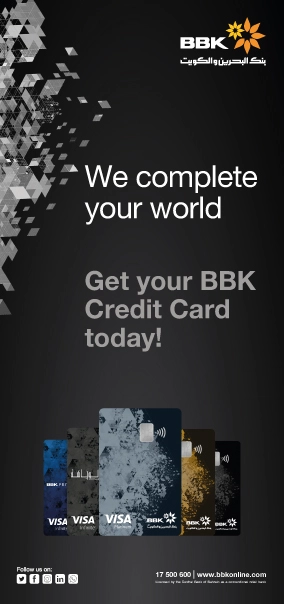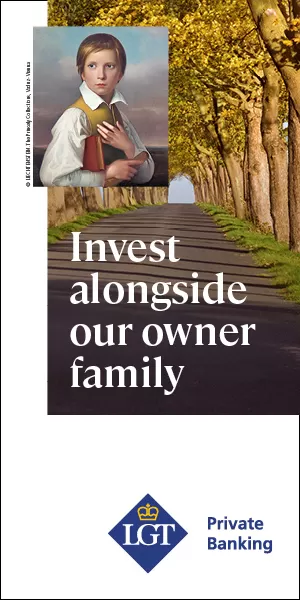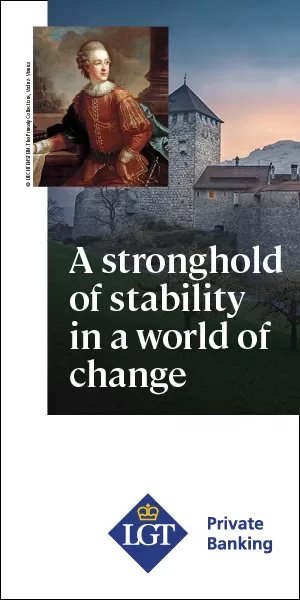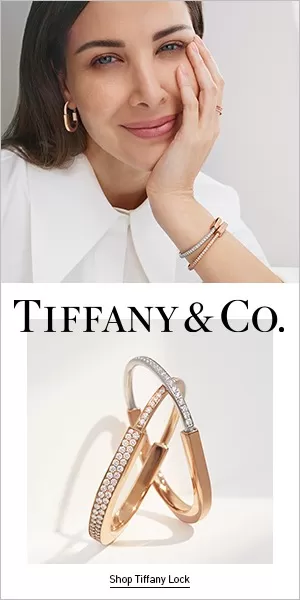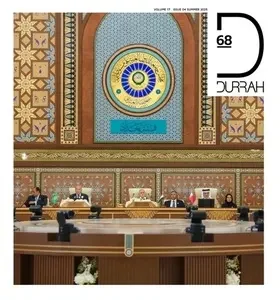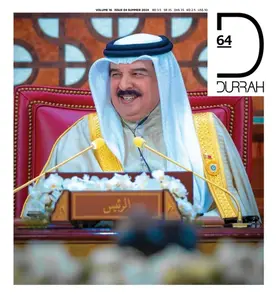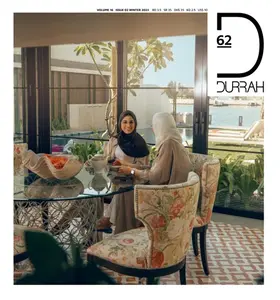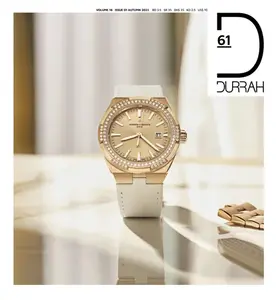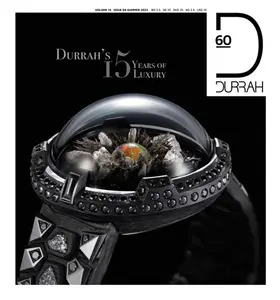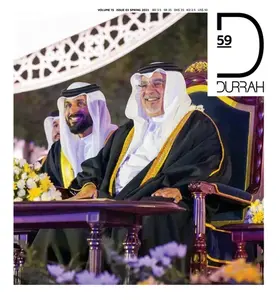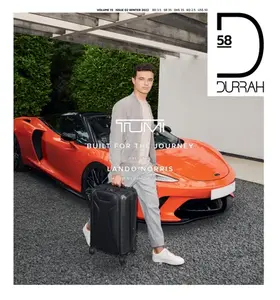HOW DOES HOUROUFIA CONTRIBUTE TO CULTURAL IDENTITY?
Houroufia draws its strength from Arab and Islamic heritage, serving as a vital part of the Arab world’s visual and cultural identity. Arabic letters are not just tools for writing but dynamic artistic elements that grant artists immense creative freedom. This art form merges traditional calligraphic techniques with current abstraction, creating a multidimensional temporal depth. The Arabic letter carries profound spiritual and intellectual dimensions, especially when tied to philosophical or religious texts, elevating calligraphic art beyond aesthetics. It also plays a role in preserving heritage while fostering cultural dialogue across generations.
CAN YOU ELABORATE ON YOUR FIRST INFLUENTIAL EXPERIENCE THAT LED YOU TOWARD VIBRANT COLORS REFLECTING ALGERIAN CULTURE AND ARTISTIC HERITAGE?
Our methods of expression choose us-we do not choose them. My artistic identity formed in childhood and has remained my companion. Deeply rooted in my Algerian Arab-Islamic heritage, my work reflects my cultural background while embracing diversity influenced by my travels. This fusion allows me to create art that is uniquely mine, shaped by personal experiences and global exposure.
HOW DO YOU INTERPRET THE INTERPLAY OF COLORS IN YOUR PAINTINGS? DO COLORS ACT AS A UNIQUE LANGUAGE CONVEYING YOUR EMOTIONS AND IDEAS?
My attraction to colors began in childhood and remains a driving force in my art. Painting is a spontaneous, emotional act shaped by the moment, not by premeditation. Artists are deeply tied to their surroundings, and the environment influences creative themes, thought processes, and expression. For me, a place either molds you or fails to, depending on its people, experiences, and ideas.
HOW CAN CONTEMPRARY ART ADDRESS THE SOCIO-CULTURAL CHALLENGES ALGERIA FACES TODAY THROUGH YOUR DISTINCTIVE WORKS?
Contemporary art is a powerful tool for sparking discussions on social, political, and cultural issues. Unlike traditional arts, which focus on aesthetics, contemporary art breaks boundaries and challenges prevailing concepts. Algeria’s rich cultural heritage serves as inspiration for artists who reinterpret it through different lenses. This fusion revitalizes traditions, moving them into contemporary contexts while offering a critical and creative perspective.
HOW HAS TRANSITIONING FROM TRADITIONAL TO CONTEMPORARY METHODS INFLUENCED YOUR ARTISTIC VISION, AND HOW DO YOU VIEW THIS SHIFT IN ARAB ART?
The Arabic letter, born from a specific linguistic environment, seeks liberation from classical usage-whether verbal, written, or artistic-to embrace contemporary expression. It conveys emotion directly, transcending materiality. Through calligraphic gestures, letters gain layered meanings and temporal interpretations. My approach is global, moving beyond local confines to speak a universal language.
WHAT ARE THE MOST SIGNIFICANT EVENTS OR PEOPLE IN YOUR LIFE THAT PLAYED A ROLE IN SHAPING YOUR PERSONALITY AS AN ARTIST, AND HOW HAVE THEY CONCRETELY INFLUENCED YOUR ARTISTIC JOURNEY?
I was fortunate to receive unwavering support from my father, who believed in my talent from the start. Unlike many parents who encourage conventional careers, he wanted me to become an artist and nurtured my passion. As a child, I was drawn to the materials he brought home from work-paints, glass, and objects reflecting Algerian culture. Growing up in an environment that valued art shaped my creative path. My father’s encouragement, combined with my deep contemplation of nature and spirituality, continues to inspire my work.
WHEN DISCUSSING HOUROUFIA, HOW DO YOU PERCEIVE THE RELATIONSHIP BETWEEN THE ARABIC LETTER AND THE DEEP MEANINGS IT CAN REPRESENT IN ARAB CULTURE IN GENERAL AND ALGERIAN CULTURE IN PARTICULAR?
My artistic influences extend beyond my immediate environment. Having traveled extensively, I have absorbed and contributed to various cultures, much like Islamic Sufism, which transcended rigid patterns in Arab thought. The Arabic letter is more than a linguistic tool-it embodies a spiritual experience, carrying imagination and inspiration into artistic expression.
HOW DO YOU APPROACH CONTEMPORARY TRENDS IN ART, AND WHAT ARE YOUR HOPES FOR THE FUTURE OF VISUAL ARTS IN ALGERIA IN THE COMING YEARS?
As long as I can convey an idea without structured text, the Arabic letter gains a democratic essence, transcending cultures, languages, and themes. I am open to contemporary artistic trends, integrating them according to my vision and inspiration. For Algerian visual arts to thrive, we must shift both the artist’s and audience’s mindset, embracing global artistic dialogues while maintaining cultural identity. Algeria should host international exhibitions and foster collaborations to elevate its artistic presence on the world stage.
DO YOU FACE ANY CHALLENGES IN FULLY EXPRESSING YOURSELF THROUGH ART, AND HOW DO YOU OVERCOME THOSE CHALLENGES TO ACHIEVE YOUR ARTISTIC GOALS?
My works embody form as a self-expressive entity, using letters not for linguistic meaning but for visual impact. The Arabic letter serves as a universal tool for expression, unrestricted by time or geography. One of the challenges in the Arab world is an excessive focus on identity, often stemming from a sense of inadequacy. I believe artists should communicate beyond regional confines, embracing art as a global language.
HOW DO THE ENVIRONMENTAL INFLUENCES AROUND YOU IN ALGERIA REFLECT IN YOUR ARTWORK, AND ARE THERE SPECIFIC DETAILS YOU WOULD LIKE TO HIGHLIGHT?
As an artist, beauty shapes my perception of the world. My aesthetic perspective is deeply personal, yet it is influenced by my environment. The Arabic letter serves as a primary expressive tool, capturing emotions, experiences, and historical moments. Throughout history, art has documented social and political changes, providing insight into different eras. Art is inherently a stance-a reflection of an artist’s surroundings, experiences, and cultural background.
WHAT IS THE ROLE OF THE ARTIST IN SOCIETY FROM YOUR PERSPECTIVE, AND HOW CAN YOUR ART CONTRIBUTE TO DISCUSSING IMPORTANT SOCIAL AND CULTURAL ISSUES?
I use my art to critique restrictive ideologies, whether social, religious, or cultural. In 2021, I worked on a photography project titled Isolation and Flirtation, inspired by the pandemic’s social distancing and the broader ideological constraints in the Arab world. This work explored themes of repression, miscommunication, and the complexities of human interaction in restrictive societies. Art has the power to challenge norms and provoke thought, making it a crucial tool for social discourse.
DO YOU BELIEVE THERE IS A STRONG CONNECTION BETWEEN ART AND TECHNOLOGY IN THE CONTEMPORARY ART WORLD? HOW HAVE YOU INTEGRATED THESE ELEMENTS INTO YOUR ARTISTIC EXPERIENCE?
The relationship between contemporary art and technology has become very close, with technology influencing various stages of the artistic process, from creation to exhibition and audience interaction. Technology is no longer just a tool for artists but has become an integral part of the visual and experimental language of contemporary art, opening new horizons for creativity and audience engagement. As an artist, I embrace technological advancements. The COVID-19 pandemic, which limited physical exhibitions, highlighted the necessity of virtual platforms. In 2020, I held an online exhibition on Artsy, reflecting on social isolation and the longing for human connection. Technology offers artists new opportunities to reach global audiences and redefine artistic presentation.
WHAT FINAL MESSAGE WOULD YOU LIKE TO LEAVE FOR YOUNG ARTISTS STRIVING FOR EXCELLENCE IN THEIR FIELDS, AND HOW CAN THEY STRENGTHEN THEIR ARTISTIC IDENTITY?
Emerging artists should engage with both local and international creatives to gain experience and perspective. Understanding cultural heritage is crucial, but they must also integrate something new into their work to develop a unique artistic voice. Traveling, learning, and seeking inspiration beyond familiar environments will refine their vision. Young artists represent the future of Algerian art, carrying its legacy forward while shaping its evolution.
